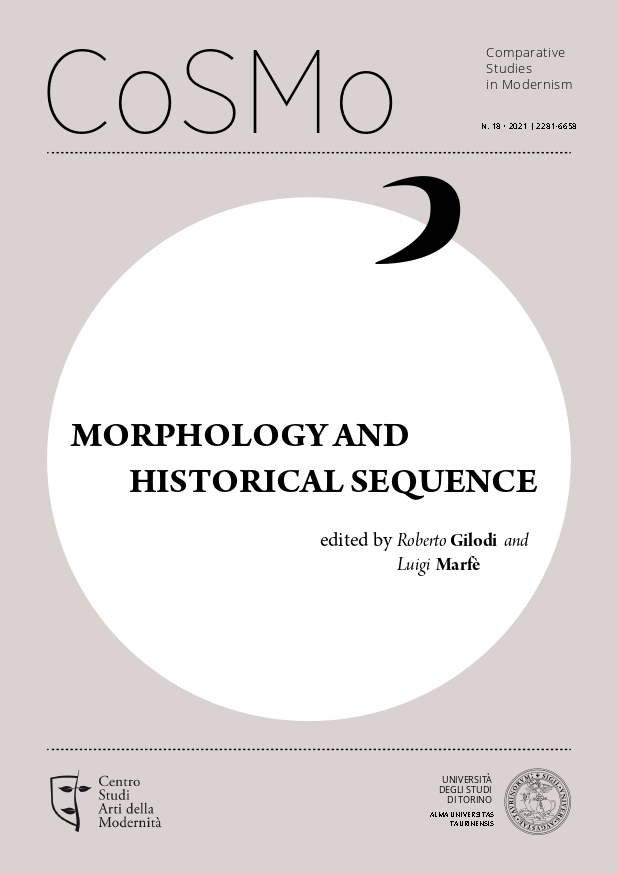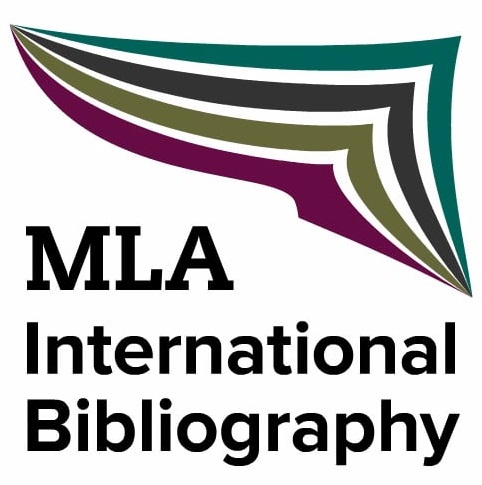Telling History in the Shape of a Myth
The Case of Stalingrad Narratives
DOI:
https://doi.org/10.13135/2281-6658/5916Parole chiave:
Myth and history, Stalingrad, WW2, German history, Personal narratives, AdaptationAbstract
The corpus of narratives produced in Germany since 1943 about the battle of Stalingrad appears as a multifaceted “grand narrative” in which historiographical and mythical morphology coexist. The Nazi myth of Stalingrad contributed to shaping the cultural memory of the event during the war, and historians lately integrated that myth into the historical discourse about the “overcoming of the past” (Vergangenheitsbewältigung). In the meantime, hundreds of veterans published their witness-accounts about the great battle, blending the two spheres of history and myth on the level of storytelling. While historiographical discourse aims to consolidate positive knowledge of the battle in terms of chronology, witness-narratives blur chronological storytelling with the mythical archetypes of conquest, defeat, fall, and resurrection. I will examine the morphological characteristics of the “grand narrative” of Stalingrad by combining the notion of “structure” (Koselleck) with that of the narrative archetype (Frye) and by integrating these tools with the theory of adaptive and evolutional narratives (Carrol; Scalise-Sugyjama) to claim that the “grand narrative” of Stalingrad can be read as the mythic-historical account of how the German community survived defeat and was reborn from its own ashes.
Downloads
##submission.downloads##
Pubblicato
Fascicolo
Sezione
Licenza
Gli autori mantengono i diritti sulla loro opera e cedono alla rivista il diritto di prima pubblicazione dell'opera, contemporaneamente licenziata sotto una Licenza Creative Commons - Attribuzione che permette ad altri di condividere l'opera indicando la paternità intellettuale e la prima pubblicazione su questa rivista.







